I came across this description of a rheostat along with a diagram:
...The best example is the traditional dial controlling volume on a radio. The outer ring, or toroid coil, consists of a resistive wire wrapped in a spiral about a ring of insulating material. Electricity must travel along a sliding wiper and through the coil before itleaves the resistor. When the knob is turned clockwise, the electricity has less wire to travel through so that the resulting current is stronger and the volume is louder.
Won't turning the knob clockwise increase the distance between input and output, causing the electricity to have to travel through more resistive wire, thus increasing resistance, decreasing amperage and consequently, volume?
